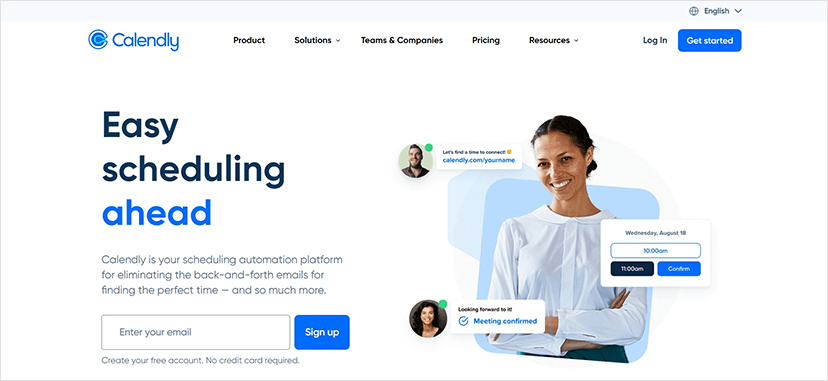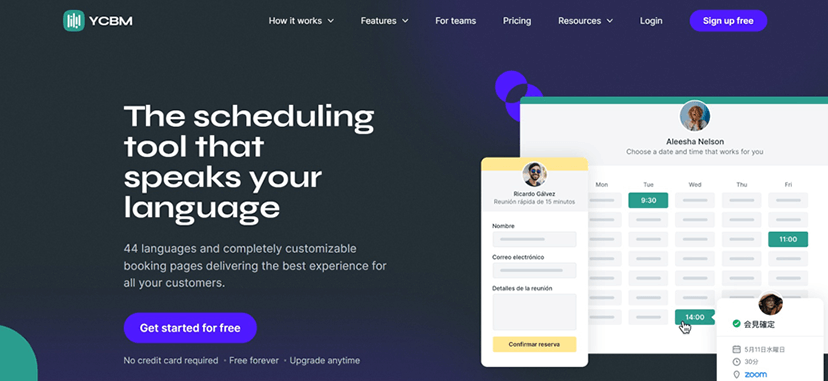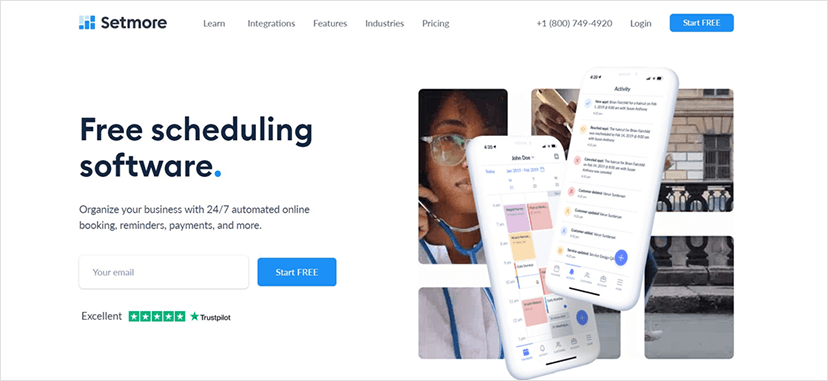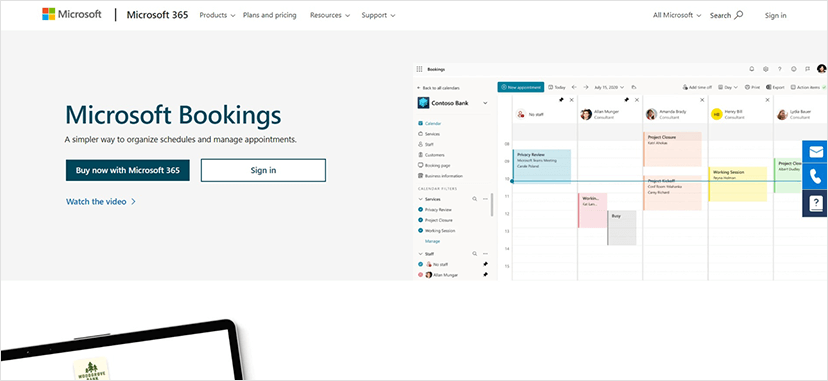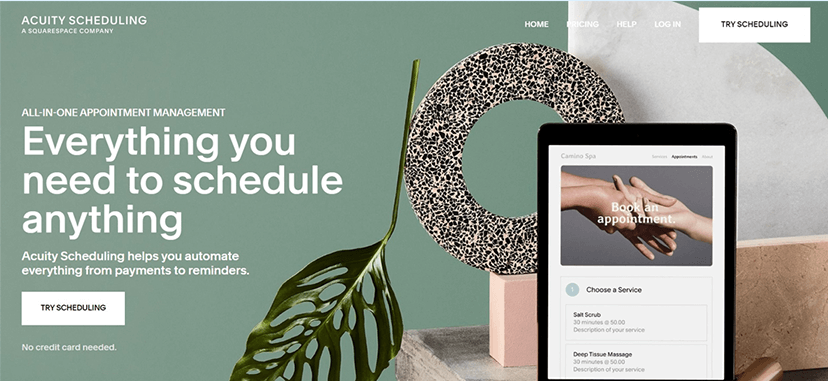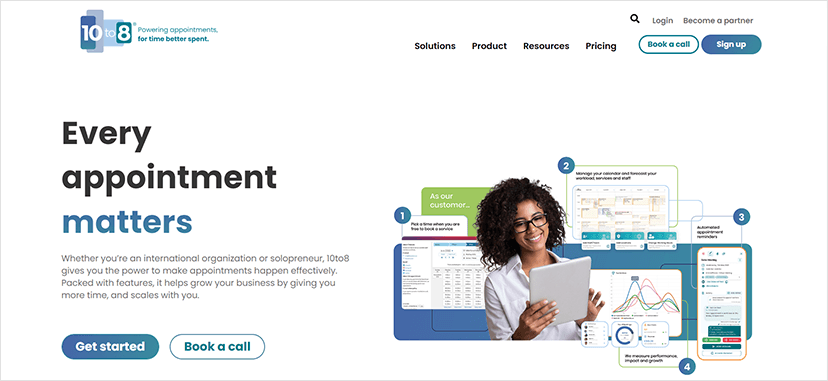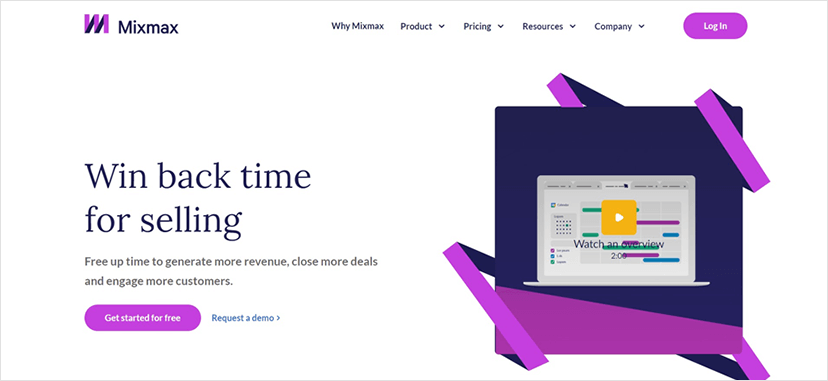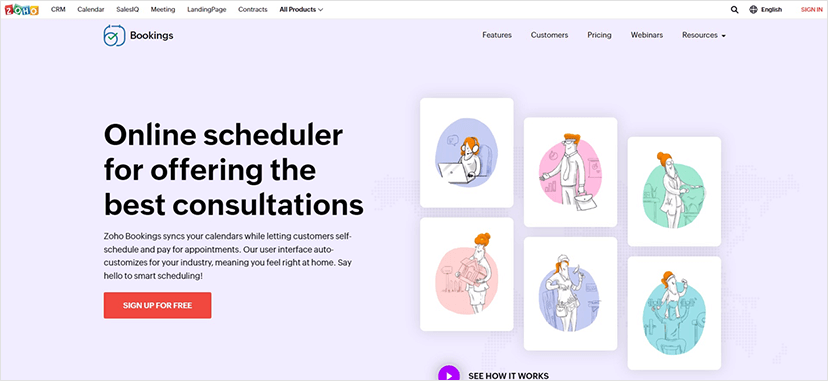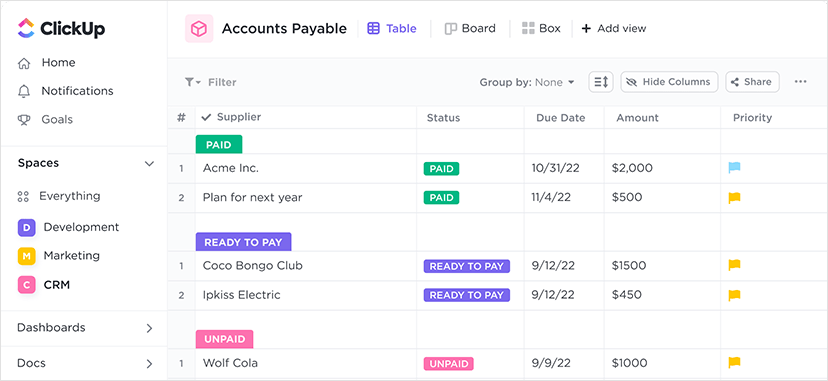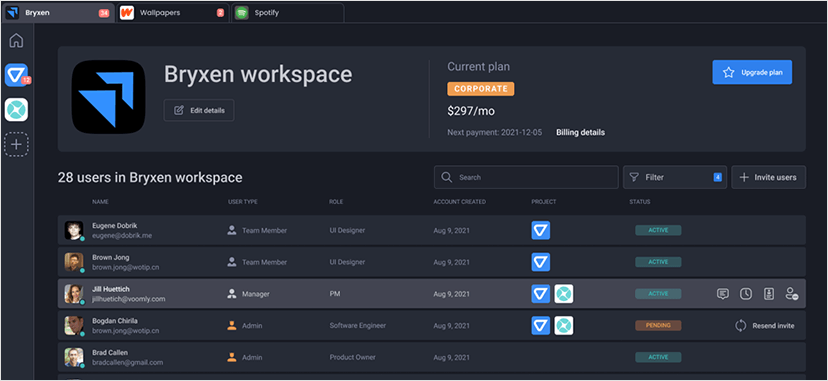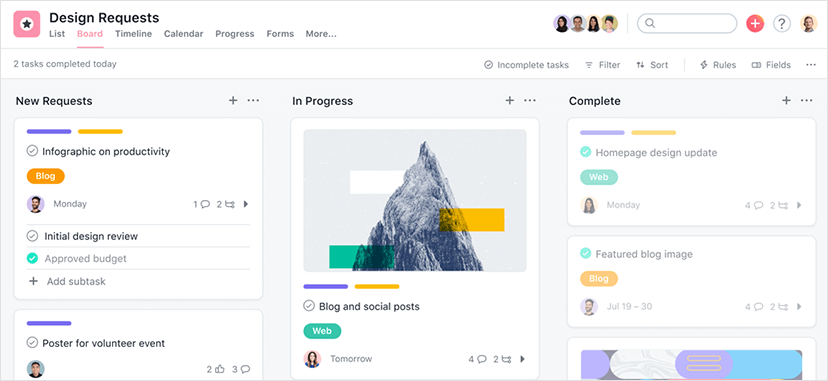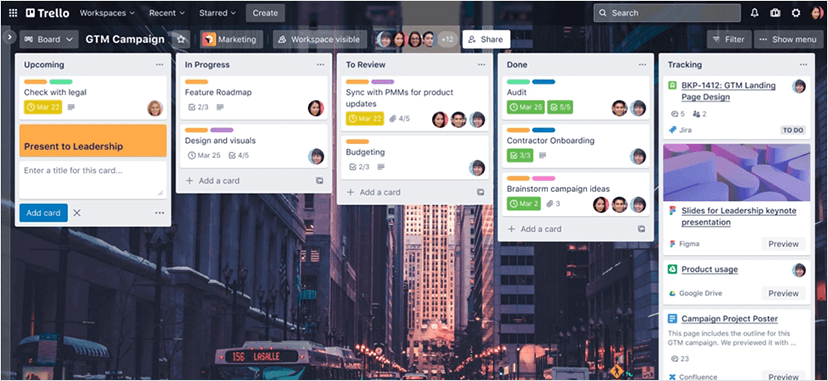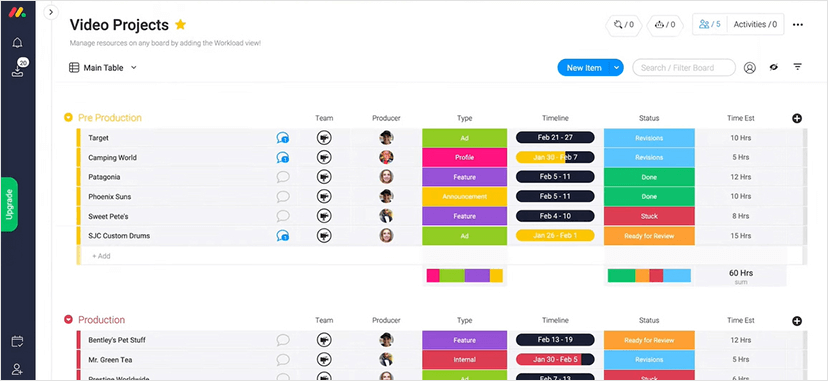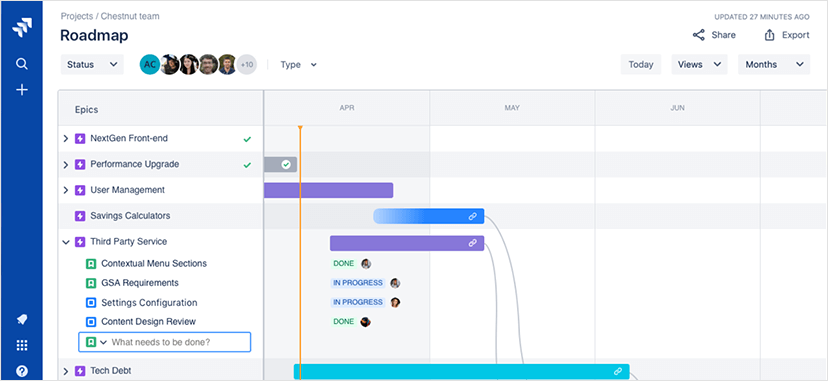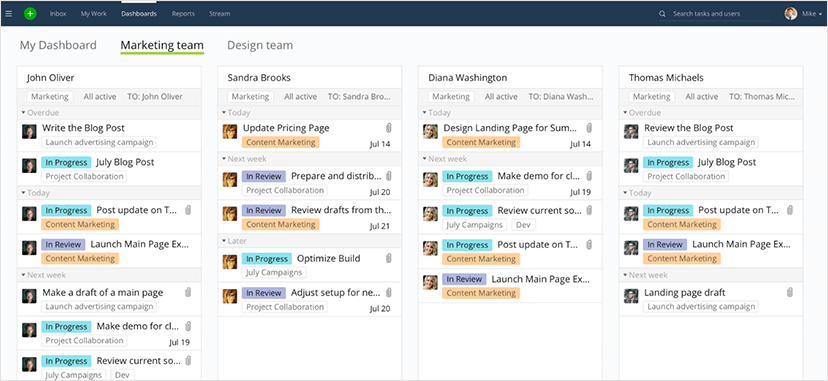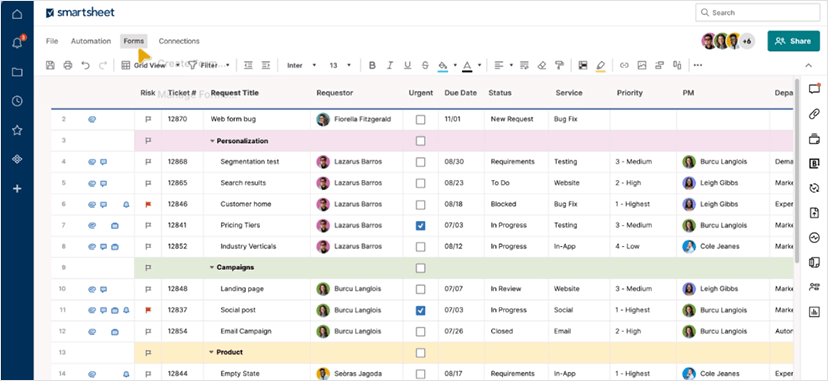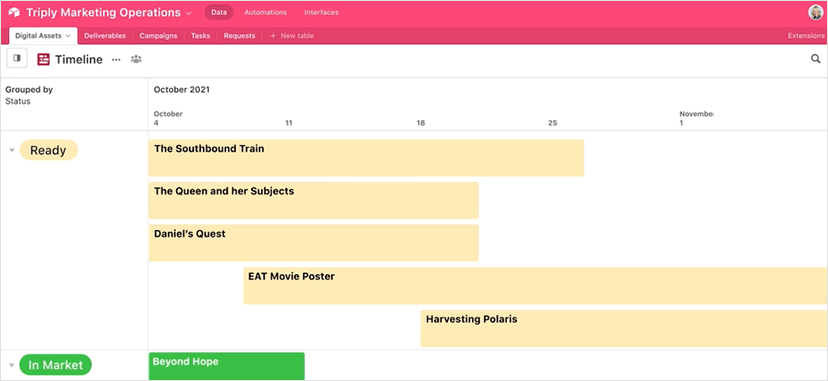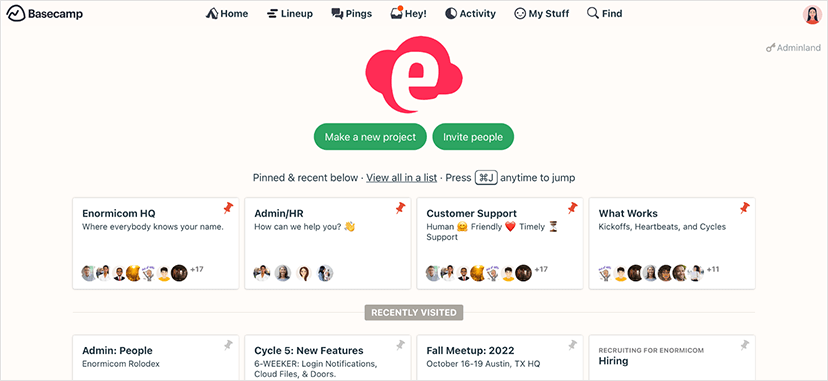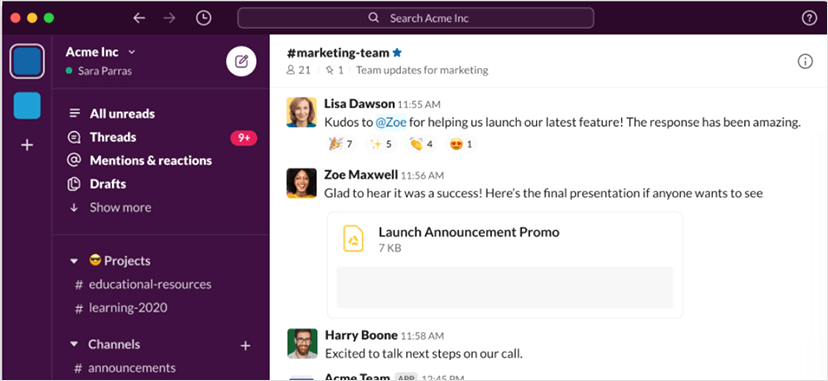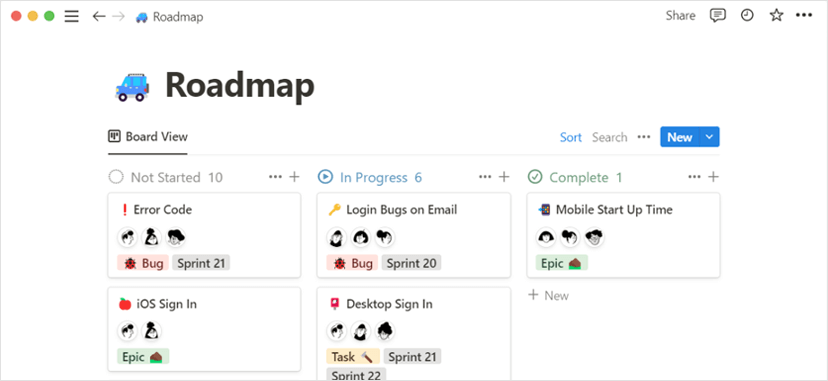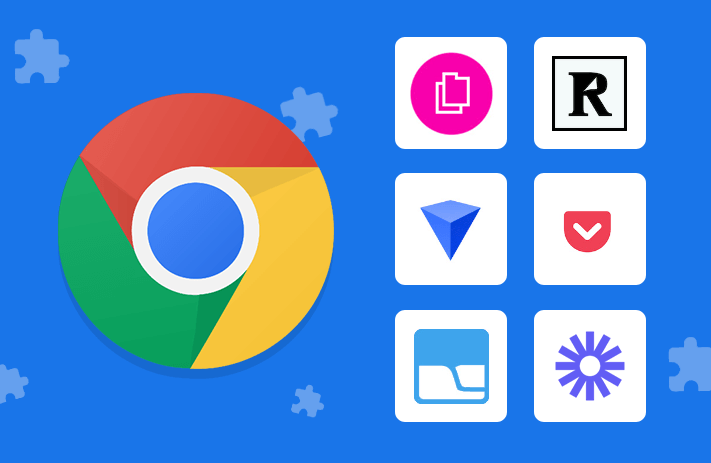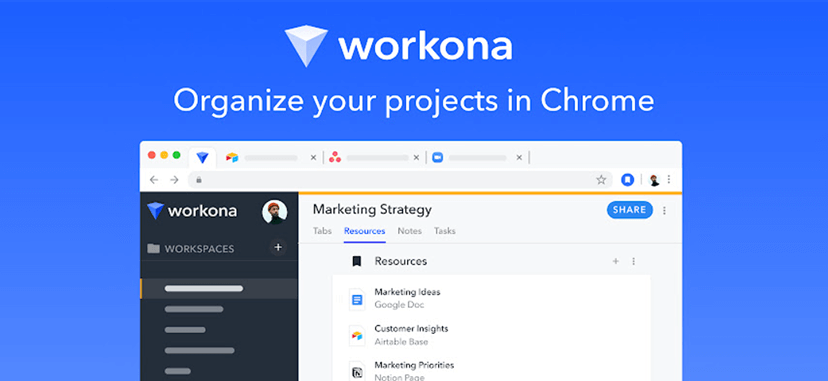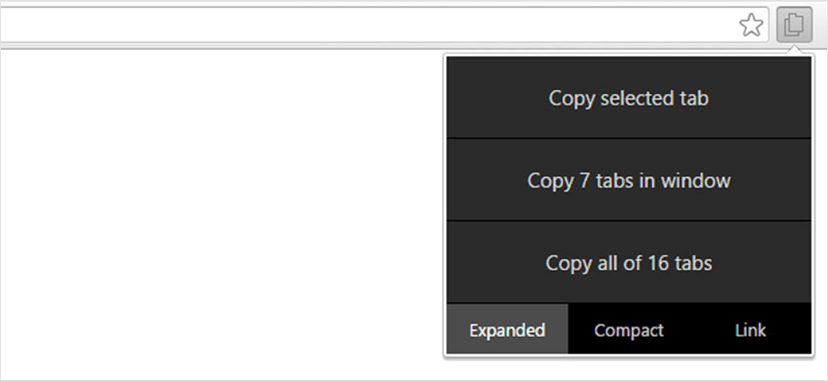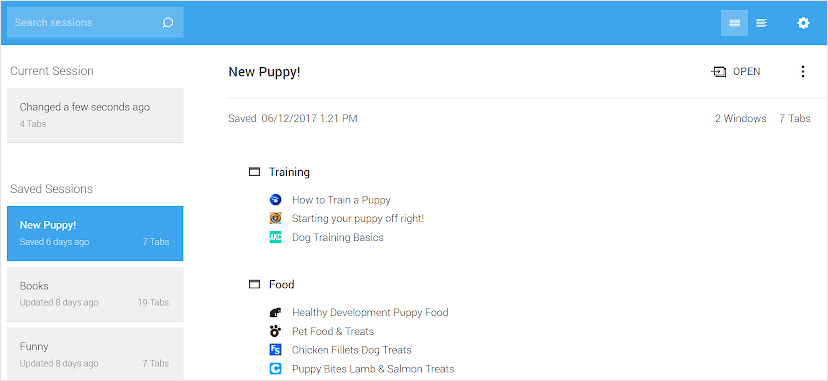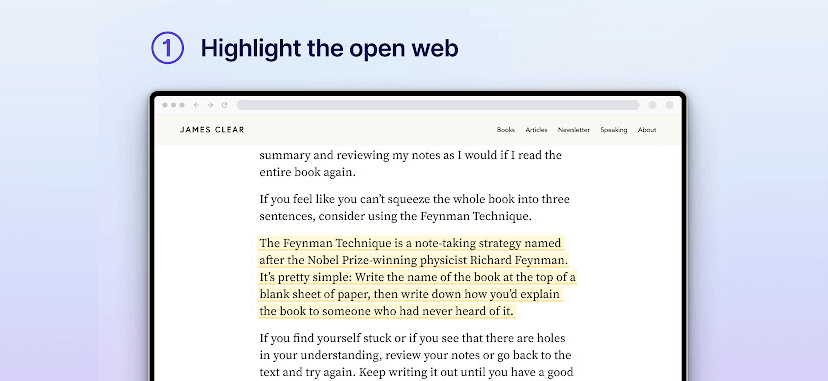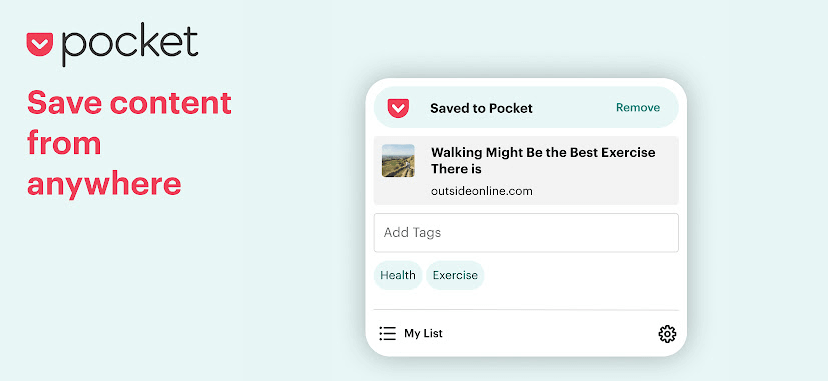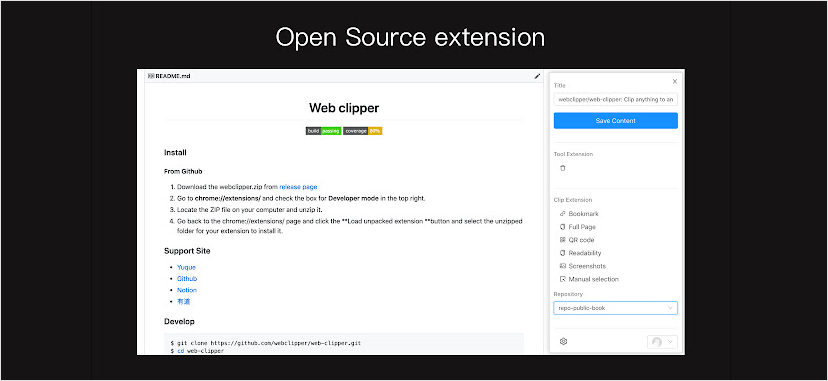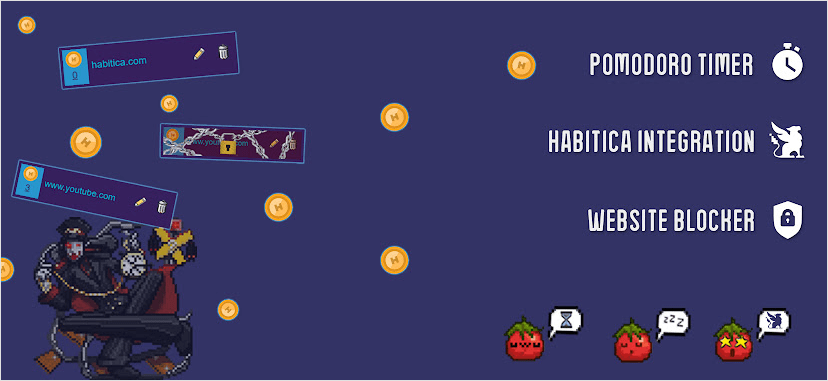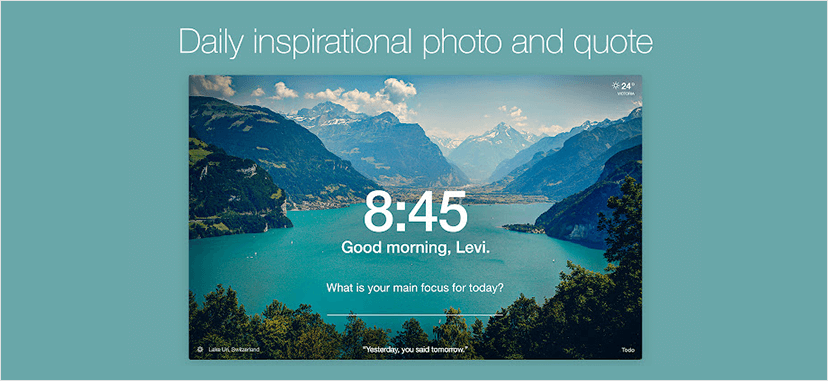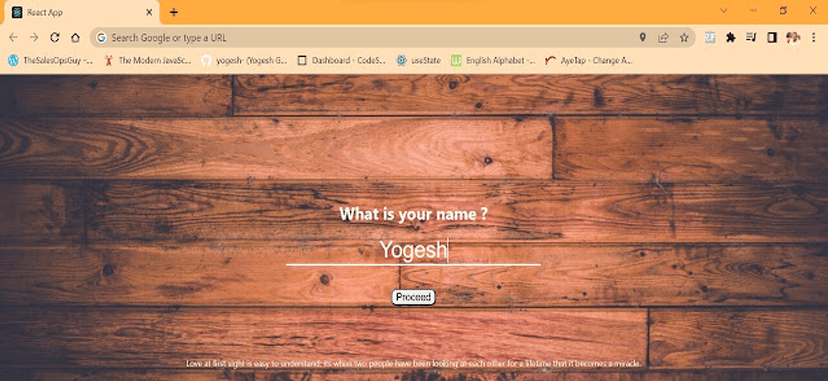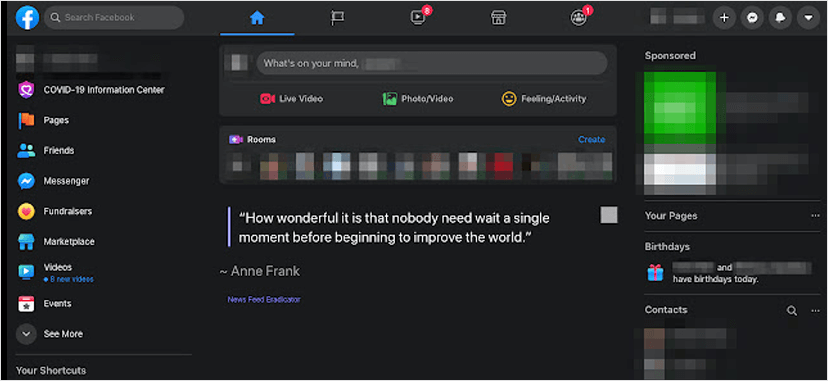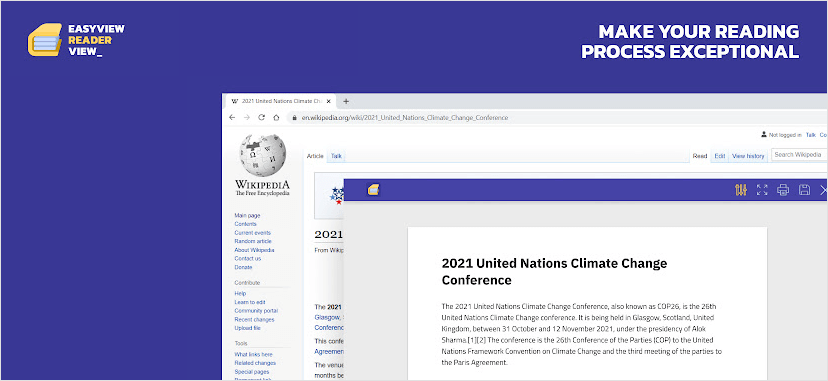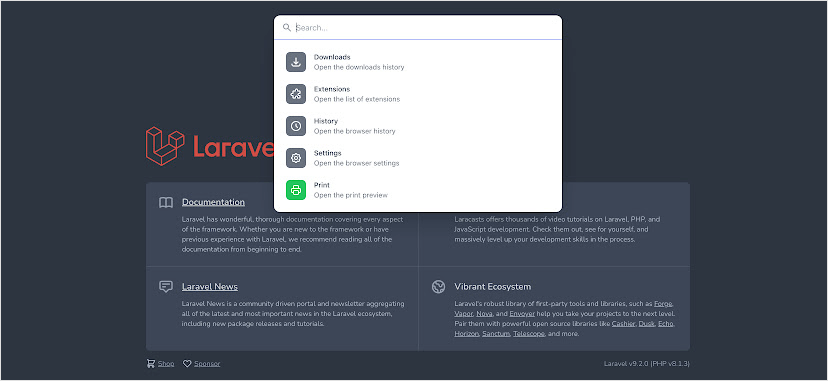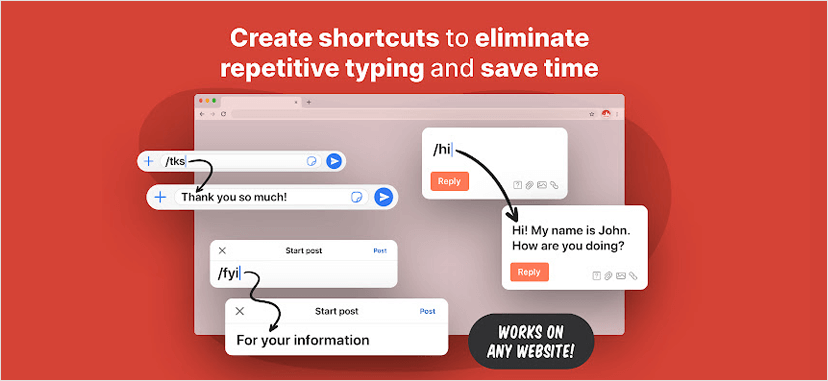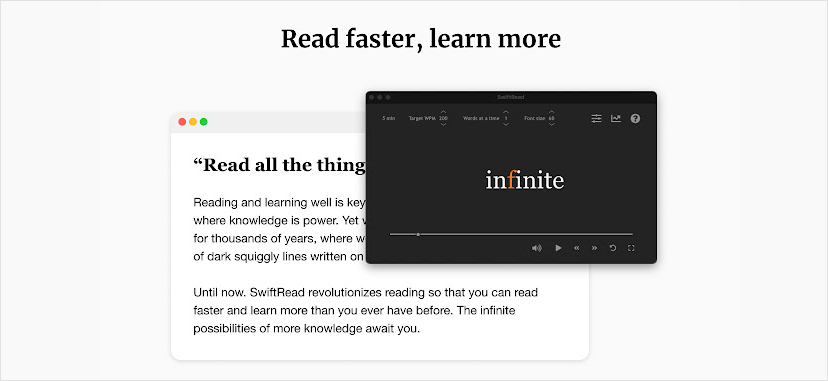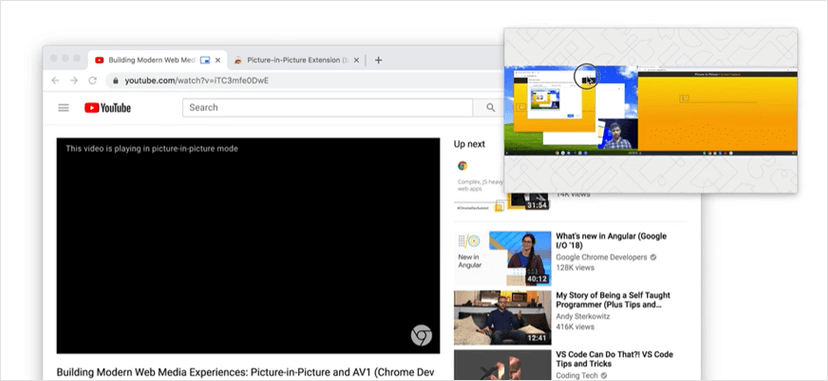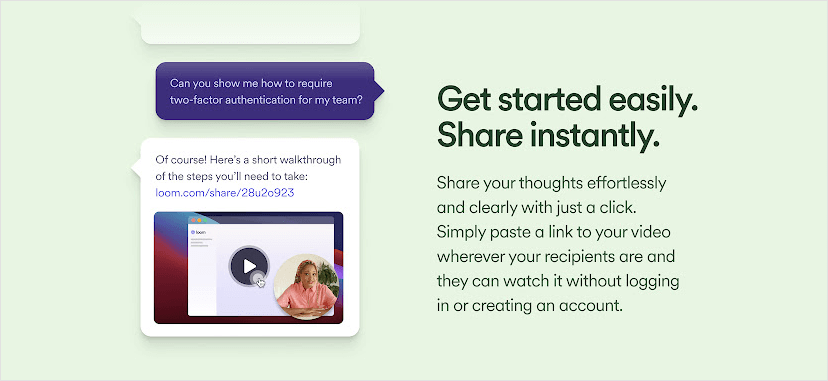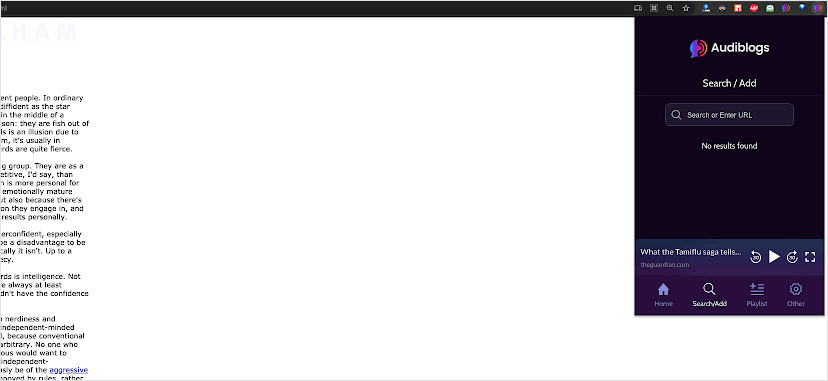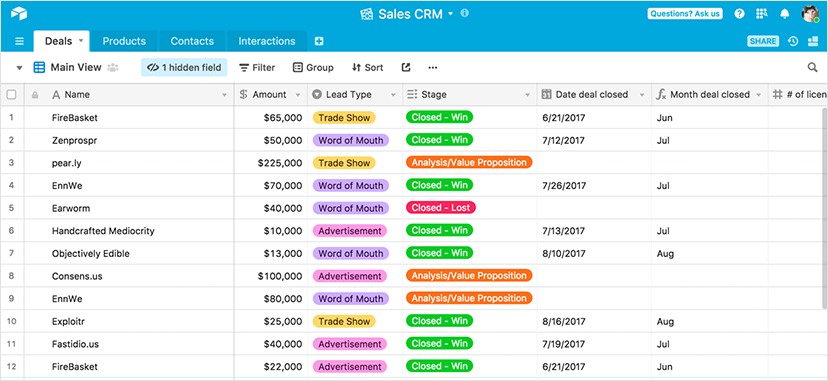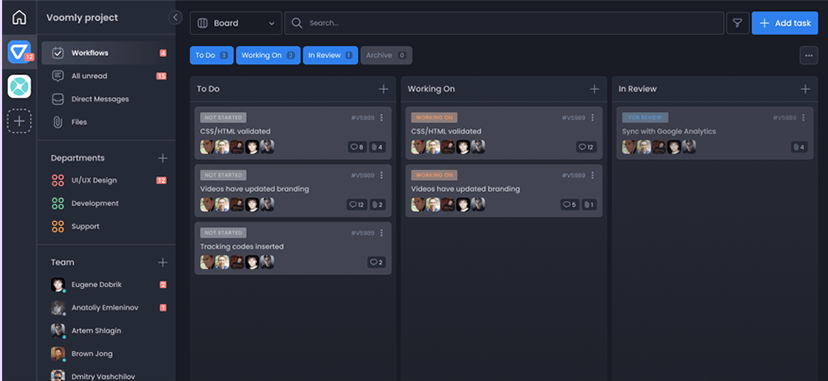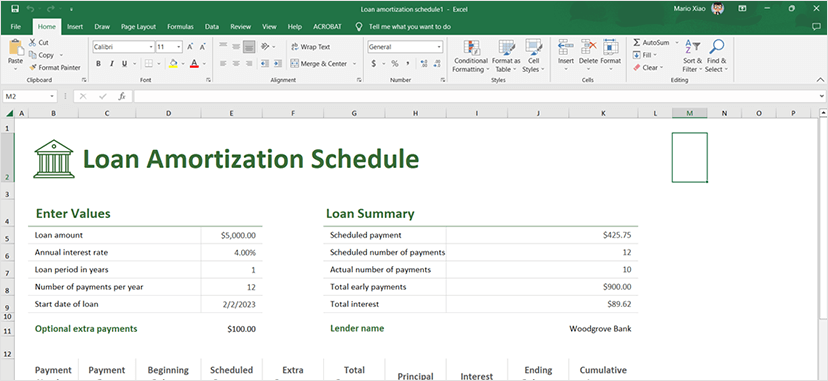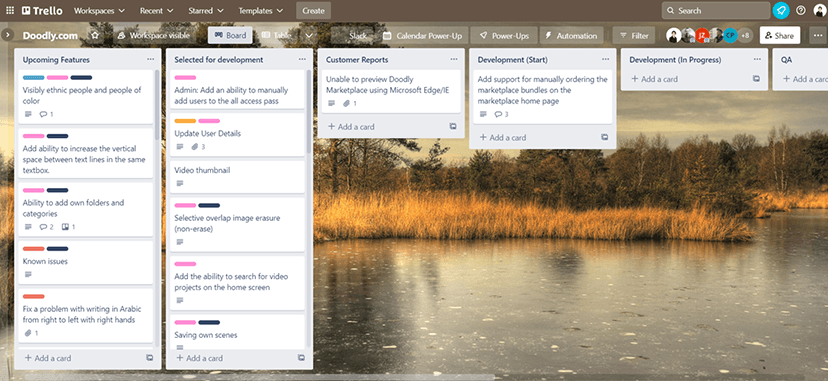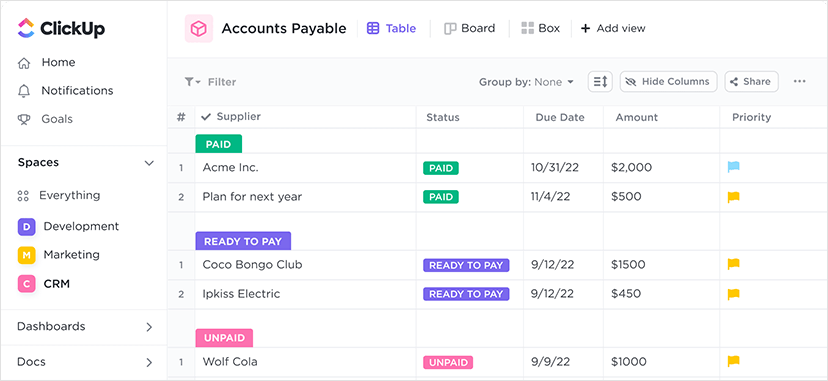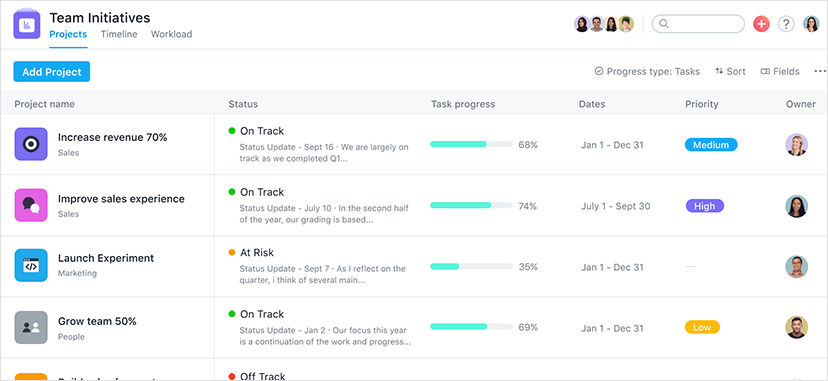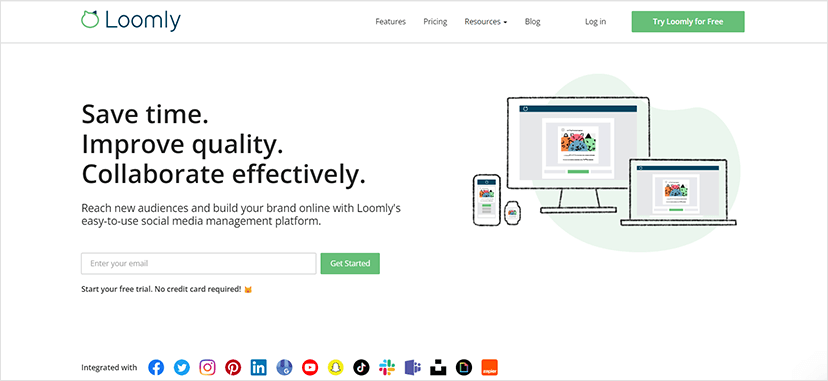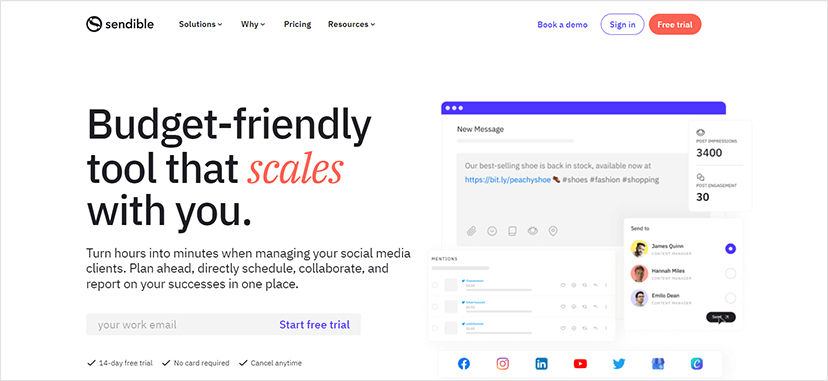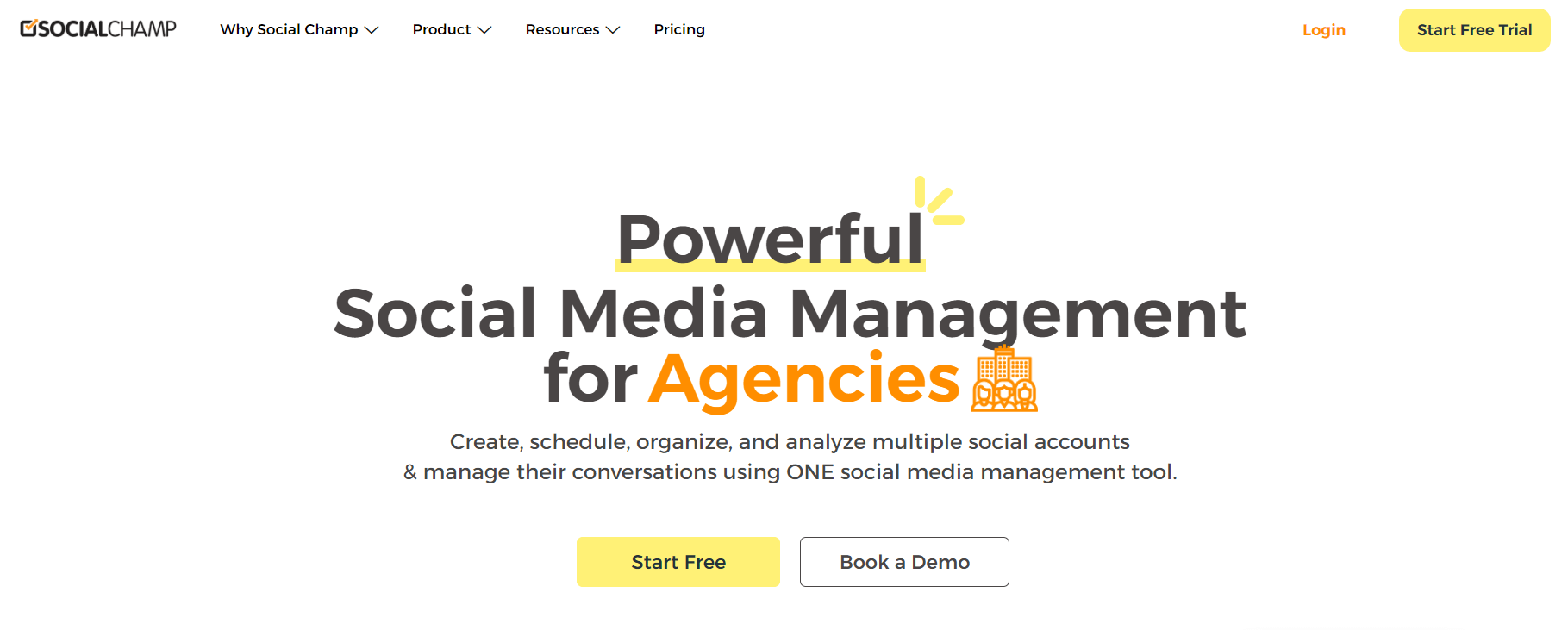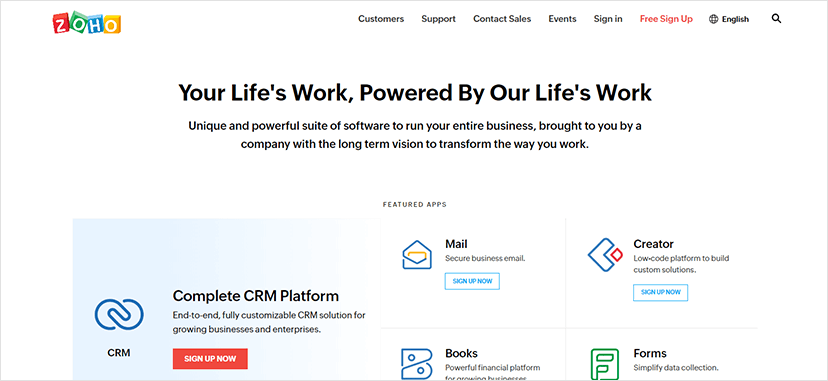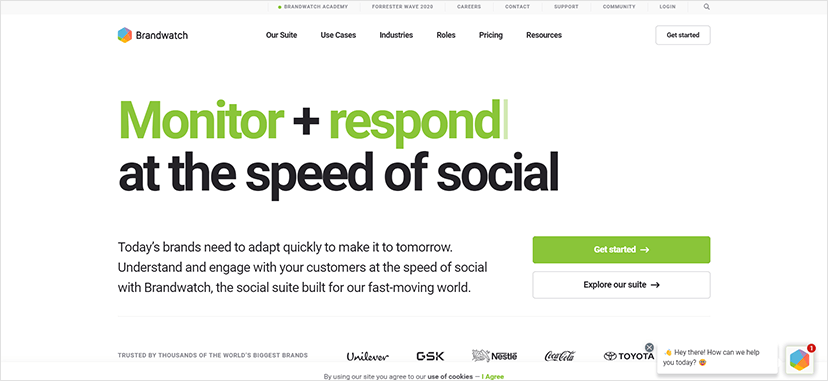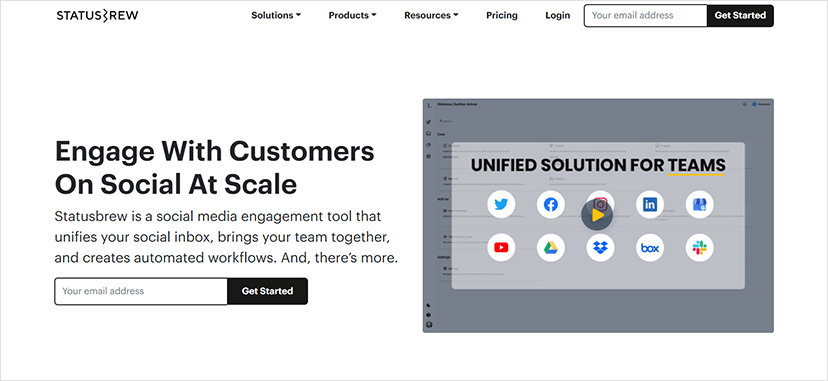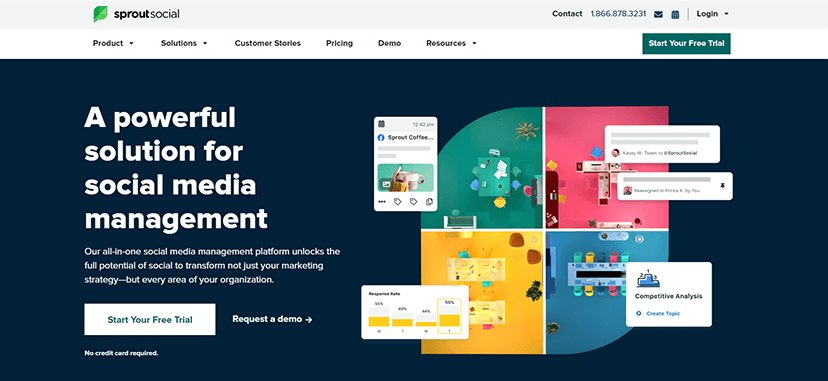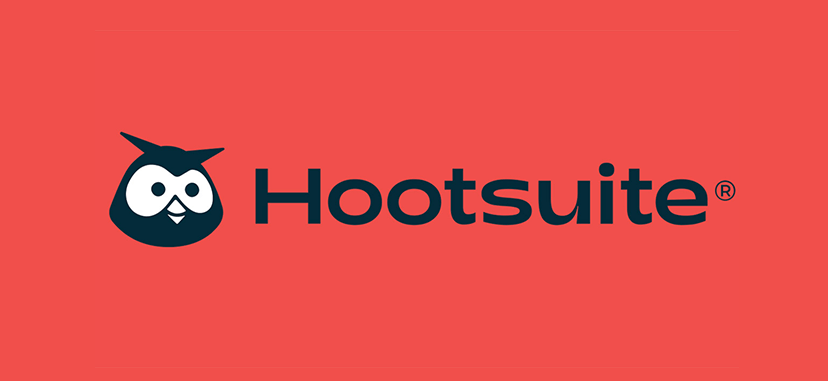Are you ready to take your career to the next level? If you want to be successful in the workplace, it’s not just about working harder – it’s about working smarter. And one of the best ways to do that is by adopting the top work habits that successful people swear by.
In this article, we’ll explore the work habits that can boost your productivity, help you achieve your goals, and even lead to a more fulfilling work-life balance. Whether you’re a recent graduate or a seasoned professional, these habits can help you stand out in your workplace and achieve greater success.
So, let’s dive into the habits that successful people use to get ahead in their careers. By the end of this article, you’ll have a better understanding of what it takes to succeed in today’s fast-paced work environment.

1. Setting clear goals and priorities

Do you often feel like you’re just going through the motions at work? Like you’re working tirelessly day and night, but not getting anywhere? It’s time to turn that around by setting clear goals and priorities. This means taking the time to write down your short-term and long-term goals and making sure they’re Specific, Measurable, Achievable, Relevant, and Time-bound, also known as SMART goals.
According to Atlassian, this method removes generalizations and hunches, establishes a precise time frame, and makes it simpler to monitor progress and spot missing milestones. When you establish clear goals and priorities, you’ll be able to focus on what’s truly important, prioritize tasks, and allocate your time and energy effectively. So why not take the time to set your goals today and start working towards the success you deserve?
2. Planning and scheduling

Have you ever heard the phrase, “a man with a plan”? Successful people understand the importance of having a clear plan and schedule to achieve their goals. They have confidence in their foresight and the ability to predict future events and outcomes, allowing them to make necessary changes and actions for successful results.
But what exactly is foresight? It’s the ability to anticipate potential challenges or opportunities that may come your way and plan accordingly. For example, if the weatherman says it’s going to rain, you bring an umbrella. And if you anticipate a zombie apocalypse, you might want to build a doomsday shelter (just in case!).
Of course, you don’t need to be a modern-day Nostradamus to benefit from foresight. Simply taking the time to plan and schedule your tasks in advance can help you be more efficient, effective, and punctual. Staying ahead of your competition or committing to your plans with drive gives you the opportunity to grow and predict your success for a more fruitful future. By incorporating this habit into your work routine, you can make sure that you are working towards your goals, and not just aimlessly spinning your wheels.
Planning and scheduling are key components of successful work habits that can lead to greater productivity, better time management, and increased success. So, take the time to plan and schedule your tasks to stay organized and avoid procrastination.
3. Time management

Have you ever tried to pack a suitcase with clothes and struggled to zip it up until you neatly folded each garment? In the same way, a messy schedule can cause unnecessary stress and anxiety, and lead to missed deadlines and unproductive work.
Effective time management is crucial in today’s fast-paced world, where distractions and competing demands are rampant. It involves allocating your time wisely and setting boundaries to ensure that you have enough time for work and other activities.
By managing your time effectively, you can improve your punctuality, achieve better work-life balance, and increase your productivity. Plus, keeping track of your time can also reflect your mental health and work ethic.
However, remember that you’re not a robot; you’re human too! Be sure to leave pockets of time for your necessities, such as rest breaks and self-care activities. By prioritizing your time, you’ll be able to give your best effort at work without feeling burned out or overwhelmed.
4. Use technology effectively

Successful people work smart, not just hard. They automate tasks wherever possible, allowing them to save time and effort. With modern tools and software available, technology has given us opportunities to go beyond human limits. Take advantage of these to automate tasks, streamline workflows, and improve communication.
For example, you can use Google Calendar and Calendly to coordinate appointments and organize schedules, Zoom and Google Meet for remote, online meetings, and Teamly for seamless project management. With these tools, you can make sure that you’re using your time effectively, collaborating with your team efficiently, and getting things done on schedule.
Remember to use technology as a tool to make your work habits more efficient, not abuse it. You don’t want to be dependent on technology, but rather make it dependent on you. That’s what successful people would say as a piece of advice. By incorporating these work habits into your routine, you can become more productive, more efficient, and ultimately, more successful in your career.
5. Prioritizing self-care

Our bodies are like temples, and even the most successful and hardworking individuals need to prioritize self-care. No amount of compensation is worth working oneself to death. Taking time to rejuvenate and treat your body with care is essential for maintaining balance and reducing stress. This could mean taking an hour-long bath with scented candles, going on a 2-week vacation to Bali, or simply taking a walk in nature. This way, you are able to give your 101% when it comes to working without feeling like an empty husk at the end of the day.
In addition to these activities, here are some tips for prioritizing self-care:
- Schedule self-care time: Make time for self-care activities just as you would for work meetings or appointments. Block off time in your calendar and stick to it.
- Get enough sleep: Prioritize getting enough restful sleep every night. This will help you stay alert and energized throughout the day.
- Exercise regularly: Regular exercise is not only great for your physical health but also helps to reduce stress and boost your mood.
- Eat a healthy diet: Make sure to nourish your body with healthy and nutritious foods. Avoid relying on junk food or fast food for convenience.
- Disconnect from technology: It’s important to unplug from work emails and social media from time to time. Take breaks from technology and enjoy some downtime without distractions.
By prioritizing self-care, you can boost your productivity and overall well-being, making you more effective in both your personal and professional life.
6. Continuous learning

“The more you read, the more things you shall know. The more that you learn, the more places you shall go.” – Dr. Seuss.
Continuous learning is essential for personal and professional growth. Learning keeps the mind active and engaged and helps us to adapt to changing environments. Here are some tips to help you make learning a habit:
Set learning goals: Identify the skills or topics that you want to learn and set clear goals. This will help you to focus your efforts and measure progress.
Read regularly: Make reading a part of your daily routine, especially books and articles on improving work habits.
Take online courses: There are a plethora of online courses available on various work habit topics, many of which are free. Take advantage of these resources to learn new skills and expand your knowledge.
Attend webinars and conferences: Participating in webinars and attending conferences is a great way to learn from experts and connect with others in your industry.
Join a community of learners: Join a book club, an online forum, or a professional association. Engage with others who are interested in the same work habits as you and learn from each other.
Make continuous learning a priority in your life and reap the benefits of a more engaged and fulfilled life, both personally and professionally.
7. Communication skills

Effective communication is a crucial skill for both personal and professional success. It allows you to build meaningful relationships, express your ideas clearly, and work effectively with others. But effective communication is not just about speaking and being heard. It encompasses a range of different skills and abilities that all work together to create a comprehensive and effective communication style.
Some of the essential communication skills include active listening, clarity, being articulate, comprehension, and critical thinking.
- Active listening involves not just hearing what others are saying but also paying attention to their tone and nonverbal cues.
- Clarity means that your message is easy to understand and that you are getting your point across.
- Being articulate means that you can express yourself clearly and effectively, without any confusion or misunderstandings.
- Comprehension means that you are able to understand what others are saying to you and that you can respond appropriately.
- Finally, critical thinking involves the ability to analyze information, weigh different perspectives, and make informed decisions.
Improving your communication skills takes time and practice, but it is an investment that will pay off in both your personal and professional life. Some strategies to improve your communication skills include actively seeking feedback, practicing active listening, and seeking out opportunities to practice your skills in a safe and supportive environment. With consistent effort, you can become a more effective communicator and build stronger relationships with those around you.
8. Collaboration

In today’s fast-paced and interconnected world, collaboration has become an essential skill for success in almost any field. Whether you are working with coworkers, clients, or other teams, you will need to collaborate effectively in order to achieve your goals.
To collaborate effectively, you need to:
- Be open to feedback and willing to receive constructive criticism
- Have the grit to think outside the box and come up with new ideas
- Possess effective communication skills
- Be a good listener and able to contribute meaningfully to discussions
- Be reliable and accountable for your commitments
Regardless of whether you are an introvert or an extrovert, collaboration can help you achieve great results by leveraging the resources of your team. By working together, you can pool your knowledge, skills, effort, and time to create a more efficient and effective work environment. As the African proverb goes, “If you want to go fast, go alone; if you want to go far, go together.”
Ultimately, collaboration fosters a healthy and supportive workplace for you and your colleagues, allowing you to achieve more and grow both personally and professionally. By cultivating good work habits and developing the skills needed to collaborate effectively, you can create a great place to work that benefits everyone involved.
9. Flexibility

Flexibility is essential in today’s rapidly changing world. From new skills to emerging tech, being adaptable is crucial. The ‘open-mindedness’ to new ideas and approaches is critical for success.
Being flexible means stepping out of your comfort zone and taking on new opportunities. By being open to new experiences, you can develop the habits necessary to thrive in a constantly evolving environment.
As history has shown, progress can be swift and unpredictable. The exponential growth and ever-changing nature of society make flexibility a must-have trait. Those who fail to adapt risk being left behind.
Whether it’s learning to operate new technology or collaborating with people from different backgrounds, flexibility allows you to grow. Embrace new experiences, and you can develop the work habits necessary for success.
10. Focus

There are many distractions in our modern world, from the constant barrage of notifications on our phones to the endless stream of emails flooding our inboxes. To achieve our goals, it’s crucial to maintain focus and avoid unnecessary distractions. Change is constant, and so are distractions, which is why discipline in deflecting them is necessary.
Here are some methods that can help you stay focused and avoid distractions:
- Set designated distraction-free time periods: By setting aside specific times where you eliminate all potential distractions, you can work more efficiently and productively.
- Turn off your devices: Distractions like your phone and social media can derail your focus. Turn them off or put them aside during your work time.
- Create a productive work environment: Establish a workspace that is conducive to productivity, whether that be a quiet room, a dedicated desk, or a standing desk.
- Use tools to manage your time: Time management tools such as the Pomodoro Technique can help you stay focused by breaking down work into manageable, focused periods.
Staying focused requires discipline, effective time management, and the ability to maintain a positive mindset. By minimizing distractions and staying focused on your goals, you can develop the focus and concentration necessary to achieve success.
Conclusion
In conclusion, the habits of successful people are not rocket science, but they require discipline and commitment. By implementing the top 10 work habits discussed in this article, you can improve your time management, focus, and collaboration skills. Remember to prioritize self-care and seek a work-life balance that allows you to pursue your passions and hobbies.
With the right mindset and habits, you can achieve greater success and satisfaction in your career and personal life. So go ahead and start implementing these work habits to boost your productivity and achieve success!


